Templo de Confúcio de Pequim - Bilhete, horário de abertura, destaques e dicas
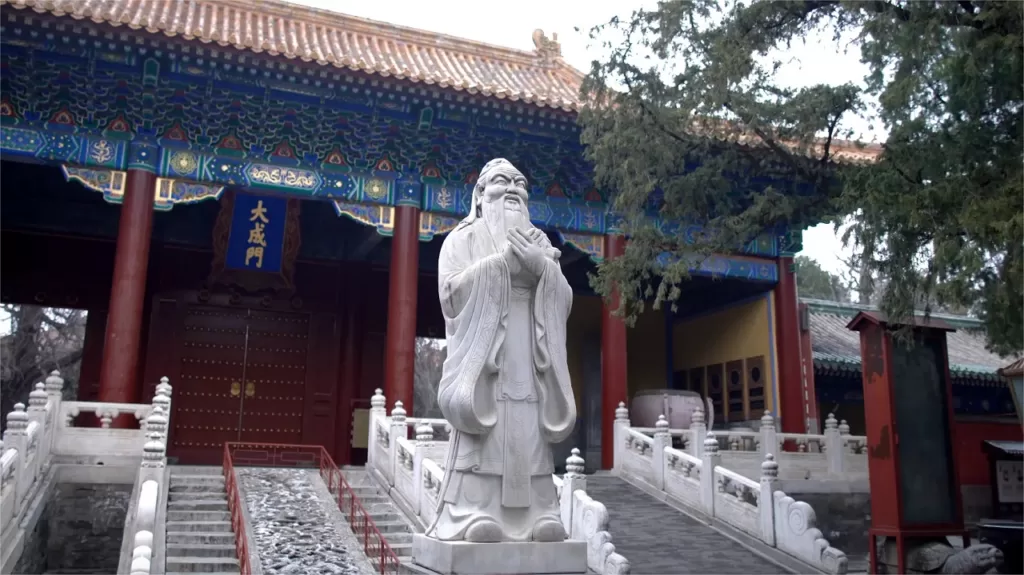

The Beijing Temple of Confucius (北京孔庙, 北京文庙), also known as the Kong Miao in Chinese, is a historic temple located in the heart of Beijing, China. It was built in the year 1302 during the Yuan Dynasty and has since undergone multiple restorations and renovations. The temple is dedicated to the great Chinese philosopher and teacher, Confucius, and is the second largest Confucian temple in China.
The Beijing Temple of Confucius is a stunning example of traditional Chinese architecture and design. The temple is surrounded by beautiful gardens, pavilions, and sculptures that create a peaceful and tranquil atmosphere. The main hall of the temple, known as the Dacheng Hall, houses a large statue of Confucius and is the main attraction for visitors.
The temple is also home to numerous other structures, including the Xianshi Gate, where visitors can see ancient steles and inscriptions, and the Chongshengci, where imperial examinations were held during the Ming and Qing dynasties. The temple also has a large collection of ancient books, tablets, and cultural relics related to Confucius and his teachings.
Índice
- Informações básicas
- Localização e transporte
- History and Function of Beijing Temple of Confucius
- HIghlights of Beijing Temple of Confucius
- Vlog about Beijing Confucius Temple
- Dicas úteis resumidas a partir de comentários
- Attractions near Temple of Confucius
Informações básicas
| Sítio Web | http://www.kmgzj.com/ |
| Duração estimada da excursão | 1 - 2 horas |
| Preço do bilhete | Adulto: 30 RMB Children under 1.2 meters: free |
| Horário de funcionamento | 8.30 -18.00; Last admission: 17.00 (1st May – 31st October) 8.30 – 17.00; Last admission: 16.30; Closed on Mondays (1st November – 30th April the next year) |
| Número de telefone | 0086-010-64075259 0086-010-64057214 |
Localização e transporte
The Beijing Temple of Confucius is located in the central Dongcheng district of Beijing, the capital city of China. The address of the temple is No. 13 Guozijian Street, Andingmen, Dongcheng District, Beijing.
The temple is situated in a busy commercial area and is surrounded by a vibrant mix of modern and traditional Chinese architecture. To the north of the temple is the Guozijian, a famous ancient imperial college that was once the highest institute of learning in the country. To the south of the temple is the Imperial Academy Street, a bustling pedestrian street that is lined with shops, restaurants, and street vendors selling traditional Chinese handicrafts and souvenirs.
Autocarro: Take bus 13 or 84, get off at Guozijian Stop (国子监), walk about 100 meters to the west to reach the entrance of Beijing Confucius Temple.
Metro: Take subway line 5, get off at Yonghe Lama Temple, exit from Exit F, walk along the street to the south, turn right at the first T cross, an you will reach the temple about 2 minutes.
History and Function of Beijing Temple of Confucius
The history of the Beijing Temple of Confucius can be traced back to the early 14th century during the Yuan Dynasty. The temple was first constructed in 1302, with additional buildings added during the Ming (1368-1644) and Qing (1644-1912) dynasties.
The temple was built as a place of worship and education, dedicated to the great Chinese philosopher and teacher, Confucius. It was established to honor Confucius and his teachings and to cultivate Confucianism, which became the dominant philosophy of the imperial court during the Ming and Qing dynasties.
Throughout its history, the temple underwent several major renovations and expansions. In 1724, during the Qing Dynasty, the temple was expanded to its current size, covering an area of 22,000 square meters. During this time, many of the structures that can be seen today were added, including the Dacheng Hall, the Xianshi Gate, and the Chongshengci.
During the Cultural Revolution in the 1960s and 1970s, the temple suffered significant damage, with many of its buildings destroyed or damaged. However, after the end of the Cultural Revolution in 1976, the government of China began a major restoration project to repair the damage and restore the temple to its former glory.
HIghlights of Beijing Temple of Confucius
Architecture

The architecture of Beijing’s Confucius Temple is a stunning example of traditional Chinese imperial style. The complex consists of several courtyards, each with its own set of ornate gates, pavilions, and halls. The most important building is the Dacheng Hall, where Confucius is worshipped. It has a magnificent yellow-glazed roof and is decorated with intricate carvings, paintings, and calligraphy. The Xingtan Altar is a raised platform used for making offerings to Confucius. The Chongsheng Memorial Archway is an impressive structure made of white marble and decorated with colorful paintings. The entire temple is surrounded by red walls, which add to its grandeur and historical significance.
Importância histórica

The Beijing Confucius Temple has played an important role in Chinese education and intellectual history. Originally built during the Yuan Dynasty to honor Confucius, the temple later became the Imperial Academy during the Ming and Qing Dynasties, where scholars studied Confucian classics and prepared for civil service examinations. It was considered one of the highest educational institutions in China at the time and played a crucial role in shaping Chinese culture and society. Many notable figures in Chinese history, such as Zhu Xi and Wang Yangming, studied at the Beijing Confucius Temple.
Relíquias culturais
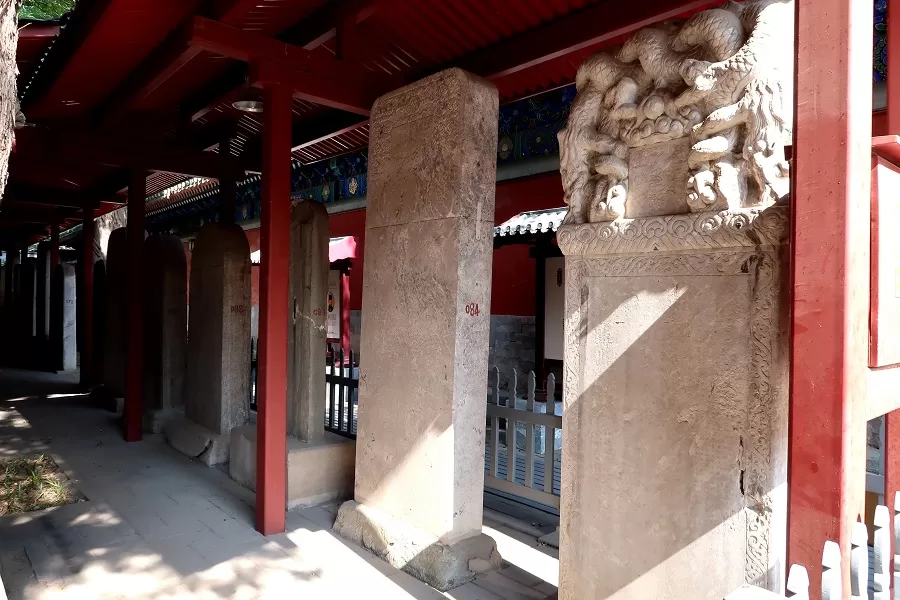
The Beijing Temple of Confucius houses numerous cultural relics that offer a glimpse into China’s rich cultural and intellectual history. The most famous of these are the 198 stone tablets, inscribed with the names of successful candidates in the imperial examinations, which were held during the Ming and Qing dynasties. These tablets are a testament to the importance of education and scholarship in Chinese society. In addition to the tablets, the temple also contains inscriptions, ancient books, and other relics that provide insight into Confucianism, Chinese philosophy, and the country’s political history.
Vlog about Beijing Confucius Temple
Dicas úteis resumidas a partir de comentários
Oportunidades de fotografia: For photography enthusiasts who can’t secure tickets to the Forbidden City or prefer to avoid the crowds, Beijing Confucius Temple offers great opportunities, especially during snowy weather.
Arrive Early: Getting there before 9:00 AM is recommended as the crowds are significantly fewer. Plus, on sunny days, the red walls may cast beautiful, dappled shadows, enhancing your photographs.
Visit the Guozijian (Imperial Academy): Upon entering the Guozijian, located to the right of the glazed archway, there’s a stone carved in the shape of a turtle. It’s said that rubbing the turtle brings good luck and academic success, especially for children.
Enjoy the Amenities: Throughout the street, you’ll find plenty of shaded areas, benches, and even water fountains, enhancing the overall visitor experience. Take advantage of these amenities to rest and rejuvenate during your exploration.
Attractions near Temple of Confucius

Guozijian – the highest educational institution in ancient China

Yonghe Lama Temple – a Tibetan Buddhist temple
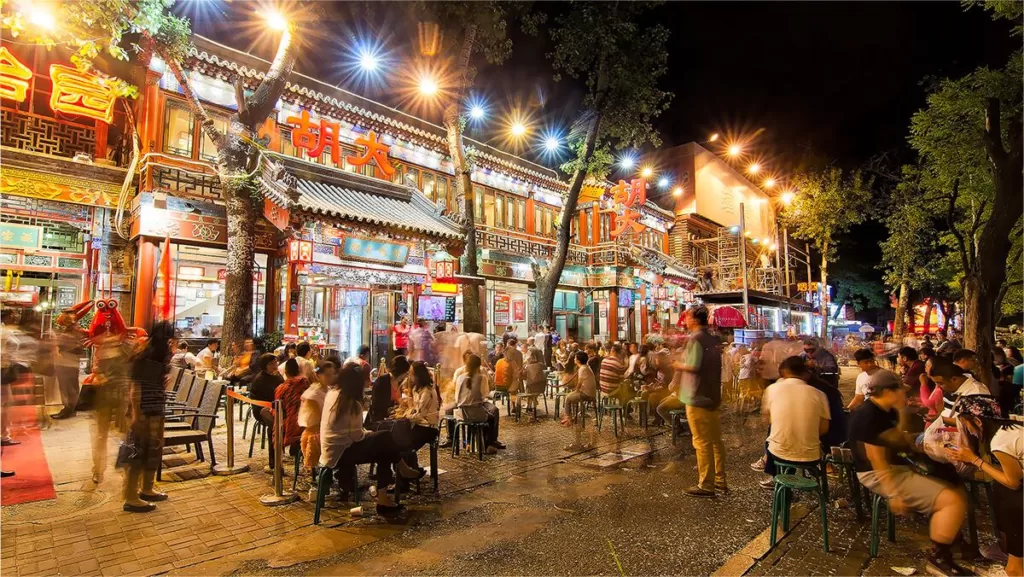
Ghost Street – a captivating culinary destination
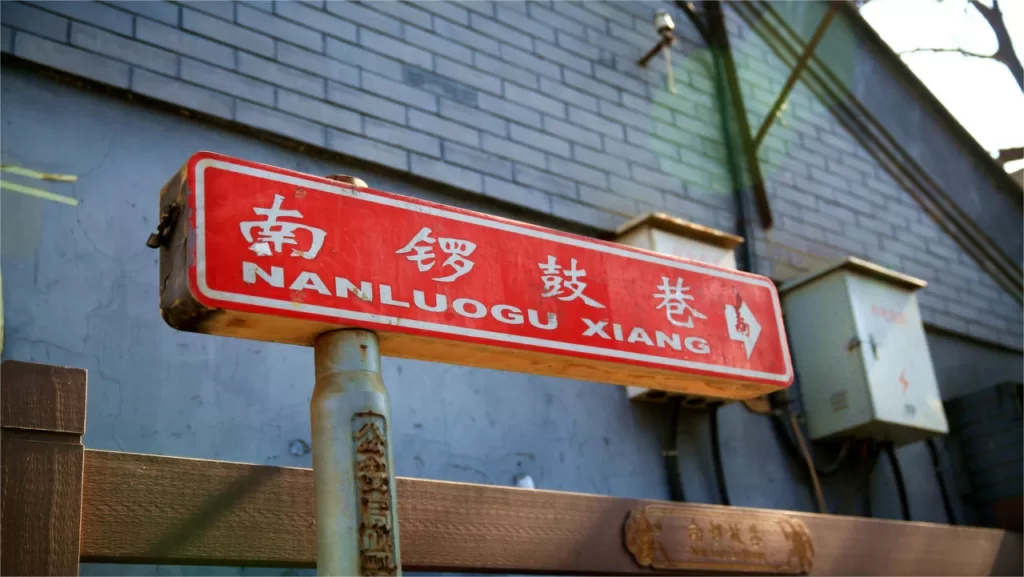
Nanluoguoxiang – a representation of Beijing hutongs
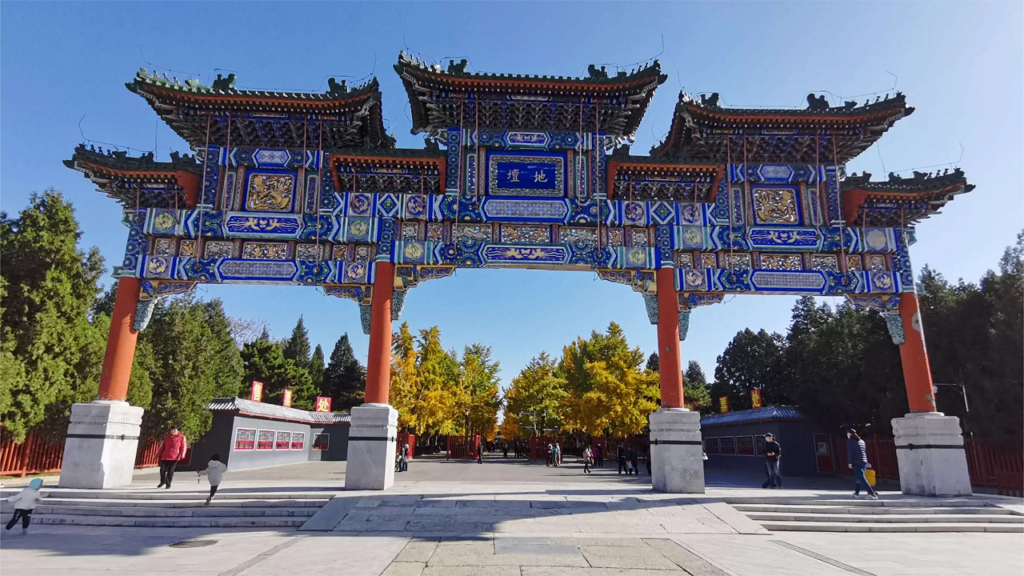
Temple of Earth – sacrifice to the god of earth of agriculture
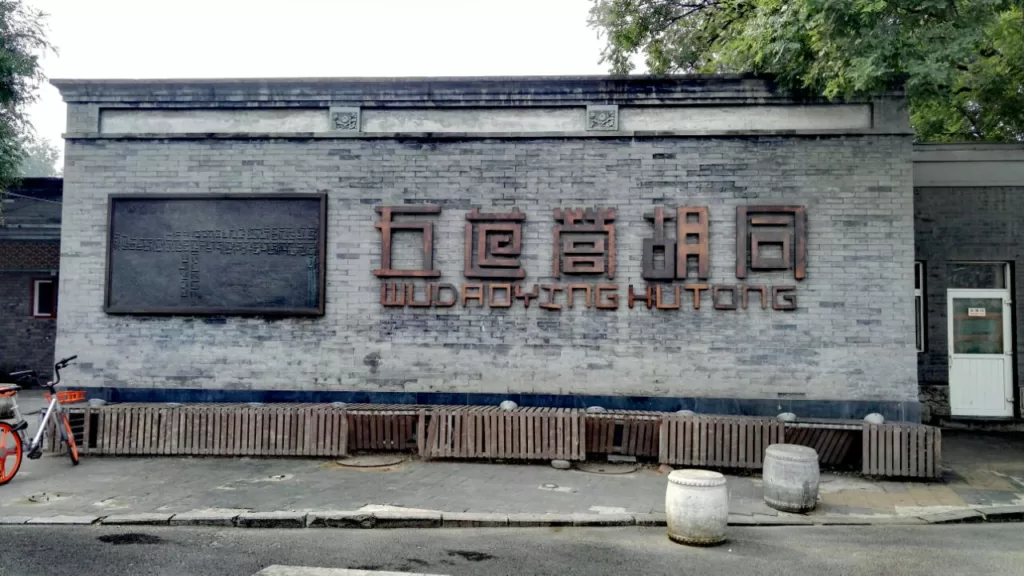
Wudaoying Hutong – a charming alleyway
Sítio histórico de Pequim, Património Mundial da UNESCO